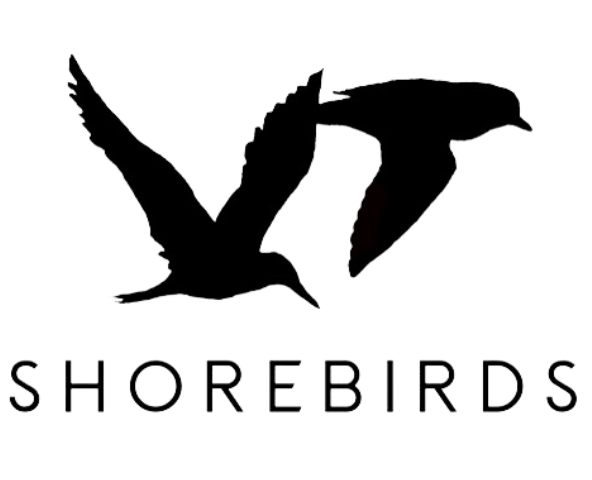One good tern deserves another.
As an educational institution, we place a premium on teaching and learning, using the field as a classroom. Our goal is to not only provide quality conservation research but also to train the next generation of conservation biologists. With that in mind, all of the biologists that work with us are given training in everything that we do. We believe this provides our members with the experience they need to be competitive for the jobs and graduate positions that they will be pursuing in the future, and it provides us with engaged colleagues now and in the future. Our biologists are intimately involved in the execution of our projects, not just the planning, so that seasonal staff have ample time to interact with project management, ask questions, make suggestions, and contribute variously to the current and future management of the program. Our work would not be what it is without the tireless efforts and investment made by our seasonal biologists.
Dan Catlin working with some of our biologists on Fire Island, showing them some of the finer details of measuring birds.
We teamed up with the Virginia Department of Game and Inland Fisheries and the Georgia Department of Natural Resources to capture and band over 5000 Royal Tern Thalasseus maximus chicks at colonies in both states. A unique collaboration of state and academic biologists, students, and volunteers, providing necessary information for management and ample opportunity for learning.


